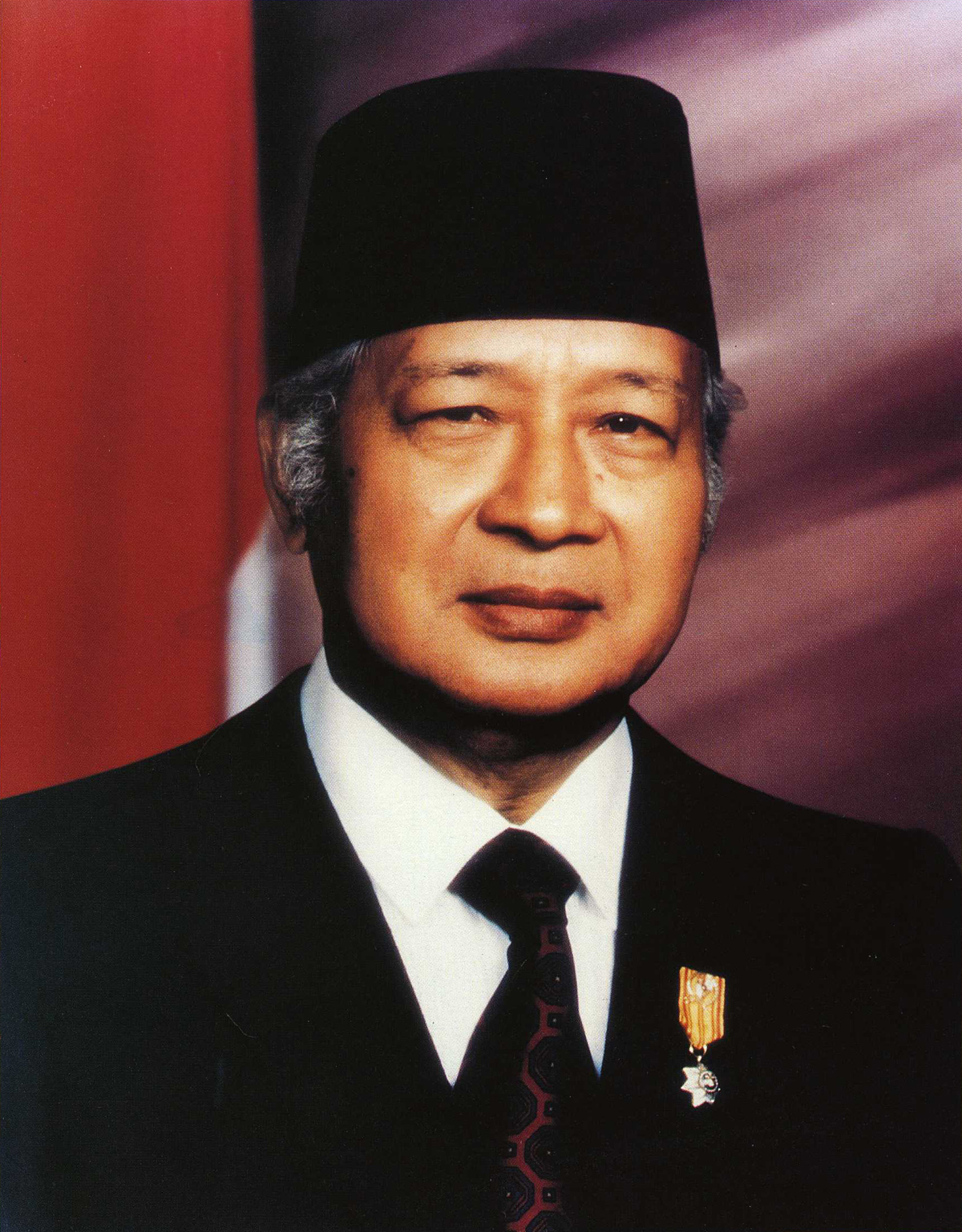The second president of the United States was John Adams, a pivotal figure in American history. His contributions to the foundation of the nation are numerous, and his leadership during the early years of the Republic set the stage for future governance. Understanding who John Adams was, his policies, and his impact on both the United States and the world at large is essential for anyone interested in American history.
In this article, we will explore the life and legacy of John Adams, detailing his early life, political career, and presidency. By examining his contributions and the historical context in which he operated, we can better appreciate the significance of his role as the second president. This exploration will also illuminate the challenges he faced and the accomplishments he achieved during his tenure.
Whether you are a student, a history enthusiast, or simply curious about the early years of the United States, this article will provide a comprehensive overview of John Adams' life and presidency. Let's dive into the details of who he was and how he shaped the nation.
Table of Contents
- Biography of John Adams
- Early Life and Education
- Political Career Before the Presidency
- Presidency of John Adams
- Domestic Policies and Challenges
- Foreign Policies and Diplomacy
- Legacy of John Adams
- Conclusion
Biography of John Adams
John Adams was born on October 30, 1735, in Braintree, Massachusetts. He was the son of a farmer and had a modest upbringing. Adams pursued his education at Harvard College, where he graduated in 1755. He began his career as a schoolteacher before turning to law, which would eventually lead him into the world of politics.
| Detail | Information |
|---|---|
| Full Name | John Adams |
| Date of Birth | October 30, 1735 |
| Place of Birth | Braintree, Massachusetts |
| Political Party | Federalist |
| Presidency | 1797-1801 |
| Date of Death | July 4, 1826 |
Early Life and Education
John Adams grew up in a rural setting where he learned the values of hard work and education. His father, John Adams Sr., was a deacon of the local church and instilled in him a strong sense of duty and morality. After graduating from Harvard, Adams worked as a teacher and then shifted to law, which provided him the foundation to engage in political discourse.
His early legal career included defending the British soldiers involved in the Boston Massacre, showcasing his belief in justice and the rule of law, even when it was unpopular.
Political Career Before the Presidency
Adams' political career began in the 1770s when he became a vocal advocate for independence. He was a delegate to the Continental Congress and played a crucial role in drafting the Declaration of Independence alongside Thomas Jefferson. His political ideology was heavily influenced by Enlightenment thinkers, emphasizing liberty, democracy, and the importance of structured governance.
Key Contributions Before Presidency
- Drafting the Declaration of Independence.
- Negotiating the Treaty of Paris, which ended the Revolutionary War.
- Served as the first Vice President under George Washington.
Presidency of John Adams
John Adams became the second president of the United States in 1797. His presidency was marked by significant events, including conflicts with France known as the Quasi-War and domestic unrest related to the Alien and Sedition Acts.
Adams faced the challenge of unifying a nation that was still divided in its political views. His administration often struggled to balance the needs of the Federalists and the growing Democratic-Republican opposition.
Domestic Policies and Challenges
One of the most controversial aspects of Adams' presidency was the Alien and Sedition Acts, which were designed to suppress dissent and limit immigration. While these laws aimed to protect national security, they were viewed by many as an infringement on civil liberties.
Key Domestic Policies
- Alien and Sedition Acts: Laws that restricted the rights of immigrants and limited free speech.
- Establishment of the U.S. Navy: Strengthening the military to protect American interests.
- Promotion of education and infrastructure development.
Foreign Policies and Diplomacy
Adams' foreign policy was primarily focused on maintaining peace and neutrality during a time of global conflict. His decision to avoid war with France was crucial in preserving American resources and stability.
Key Foreign Policies
- Negotiating peace with France during the Quasi-War.
- Strengthening diplomatic relations with European nations.
- Promoting trade and commerce to enhance economic stability.
Legacy of John Adams
John Adams' legacy is complex. While he faced criticism during his presidency, his commitment to the principles of democracy and governance has earned him respect in the annals of history. He was a key architect of the American political system, and his writings and thoughts continue to influence political discourse today.
Conclusion
In summary, John Adams was a foundational figure in American history, serving as the second president of the United States. His contributions to the nation, both as a founding father and as a leader, are invaluable. As we reflect on his presidency and legacy, it is clear that his impact on the United States is profound and enduring.
If you found this article informative, we encourage you to share your thoughts in the comments below, share this article with others, or explore more articles on our site about American history and its influential figures.
Final Thoughts
Thank you for reading this comprehensive overview of John Adams, the second president of the United States. We hope you found it engaging and informative. We invite you to return to our site for more insightful articles in the future.


:max_bytes(150000):strip_icc()/GettyImages-3246312-57957ab35f9b58173b266088.jpg)
